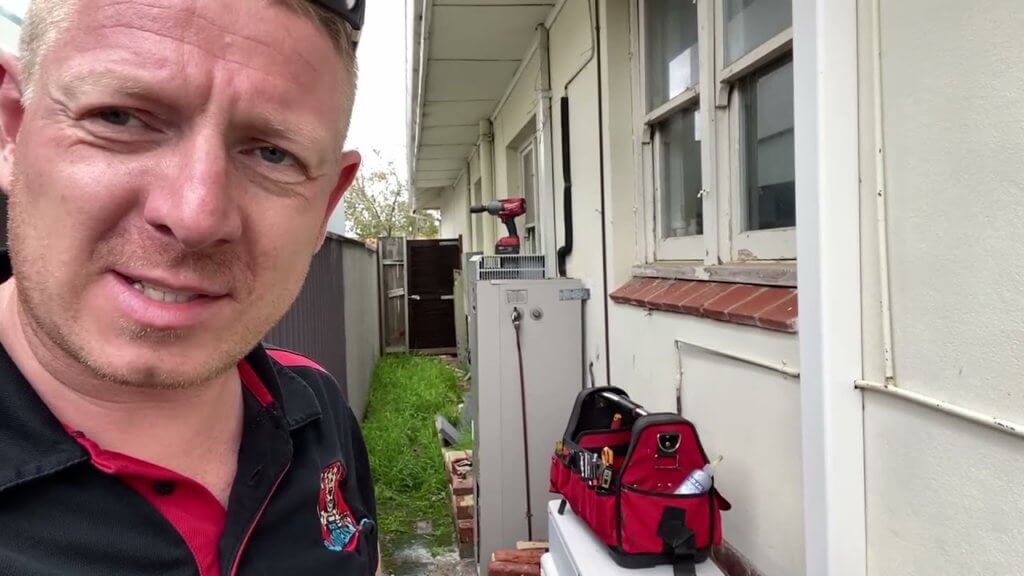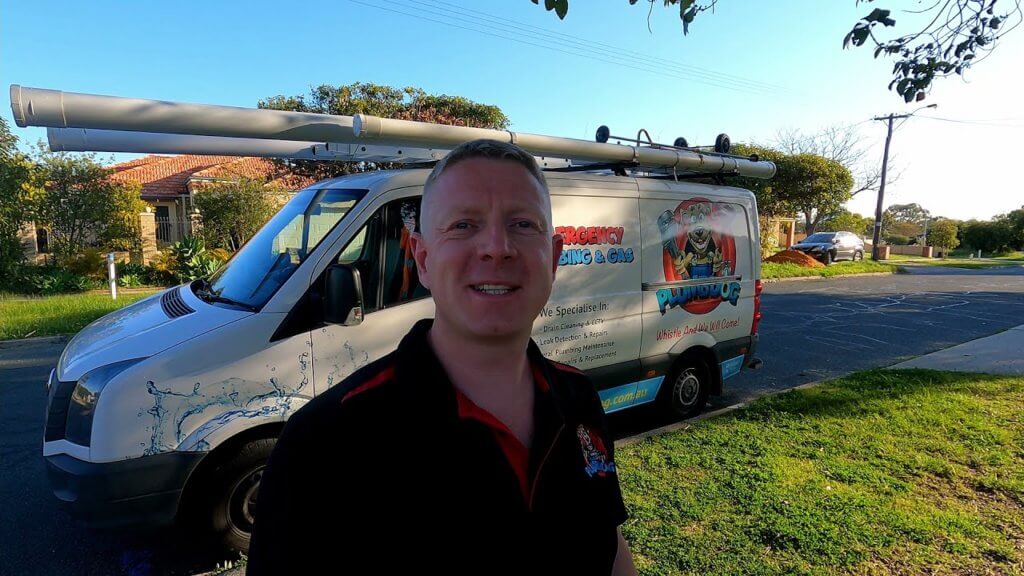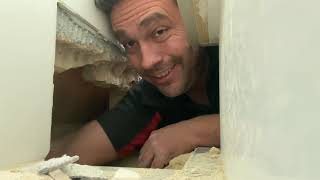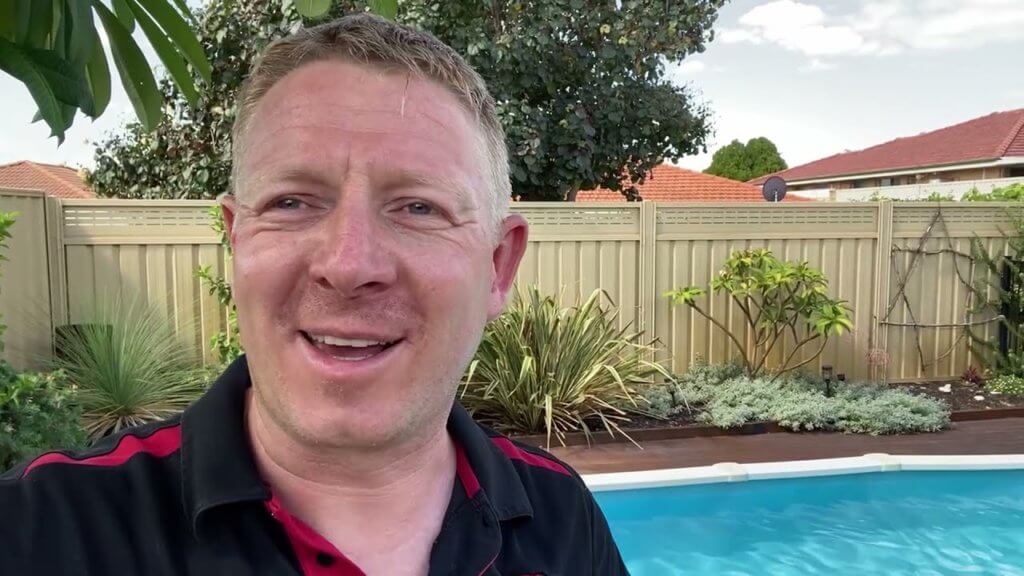- Preventative Maintenance for your Hot Water System is important
- Replacing sacrificial anodes is an important part of the maintenance
- It is just as important to use a licensed plumber for the job
- Like & Subscribe to our YouTube channel to stay up to date!
Changing anodes looks like an easy job but it isn’t always as easy as it looks. It’s the same in any industry where professionals exist because of training and experience. What might seem like a simple task may require a better understanding of the equipment, even having the right equipment, the parts and the right way to do the job.
SACRIFICIAL ANODES ARE NOT ONE SIZE FITS ALL
You already know that there are many makers of hot water systems. We work with just about any hot water heater but we also supply and install new systems from Rheem, Rinnai, Dux, Vulcan and Bosch just to name a few and there’s more. Just like if you wanted to buy spare parts for your car, a case for your mobile phone, a memory stick for your camera or even fittings for your garden hose, the first thing you usually do is check whether you are buying the correct part for your make and model. This is the same for sacrificial anodes.
WHAT HAPPENS WHEN USING ANODES THAT JUST AREN’T RIGHT?
We’re not sure where the client purchased or the specifications provided but what we know is they bought the anode online. It could have been advertised as a generic anode and after installing the anode, the hot water kept spitting and spluttering.
In the video, you can see that our clients had installed an anode which is smaller than the original and the customer has said that the hot water has not been the same since installation. The water has been spluttering and spitting and what we can see is the new anode is already in worse condition to the old anode which it replaced.
REPLACING SACRIFICIAL ANODES
You may have seen videos, maybe even ours, where replacing sacrificial anodes is an important part of servicing and maintaining hot water systems. Watching our videos, you would already know that sacrificial anodes are made to corrode over time as their name suggests, they sacrifice themselves to attract particles in water to help extend the life of the hot water system and hence why they need to be replaced over time.
BENEFITS OF USING A PROPER LICENSED PLUMBER
Unless you have the skills and knowledge, time and equipment, we highly recommend giving a proper experienced and licensed plumber a whistle. The person who bought the anodes at this property already wasted money buying anodes that simply didn’t do the job, suffered having hot water that did not work properly and wasted time and money in the process. Furthermore, you could injure yourself or cause damage to the property or the hot water unit if you really do not know what you are doing.
GIVE US A WHISTLE!
Next time you need a plumber that genuinely services hot water systems and not one that simply pushes you to buy a new hot water system, think of plumbers like Plumbdog. If you’re in the Greater Perth area and are in need of a reliable Perth Plumber, give us a whistle!
Don’t forget to check out our YouTube channel, like and subscribe to stay up to date with our latest videos.






